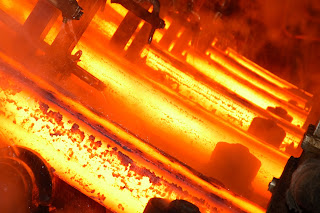Ambient temperature will affect the measurement accuracy of process instruments. Additionally, when ambient temperatures are too low, fluids in the lines can freeze or thicken – resulting in physical damage. Instrumentation, manifold valves, actuators, and positioners exposed to adverse conditions need protection to avoid weather-related damage such as freezing.
WinterShield™ Freeze Protection Heated Pockets (WSP Series) provide a "pocket" where the ambient air temperature within is maintained via a pre-set thermostat, thereby keeping your instrumentation well within typical operating specifications.
The WinterShield™ system provides a convenient, portable way to warm process equipment and keep it within proper operating temperatures. The design is indeed "plug and play" as they are entirely self-contained, include a power cord, thermostat, lacing, and insulation.
For more information, contact Alliance Technical Sales.
Alliance Technical Sales
630-321-9646
https://alliancets.com


